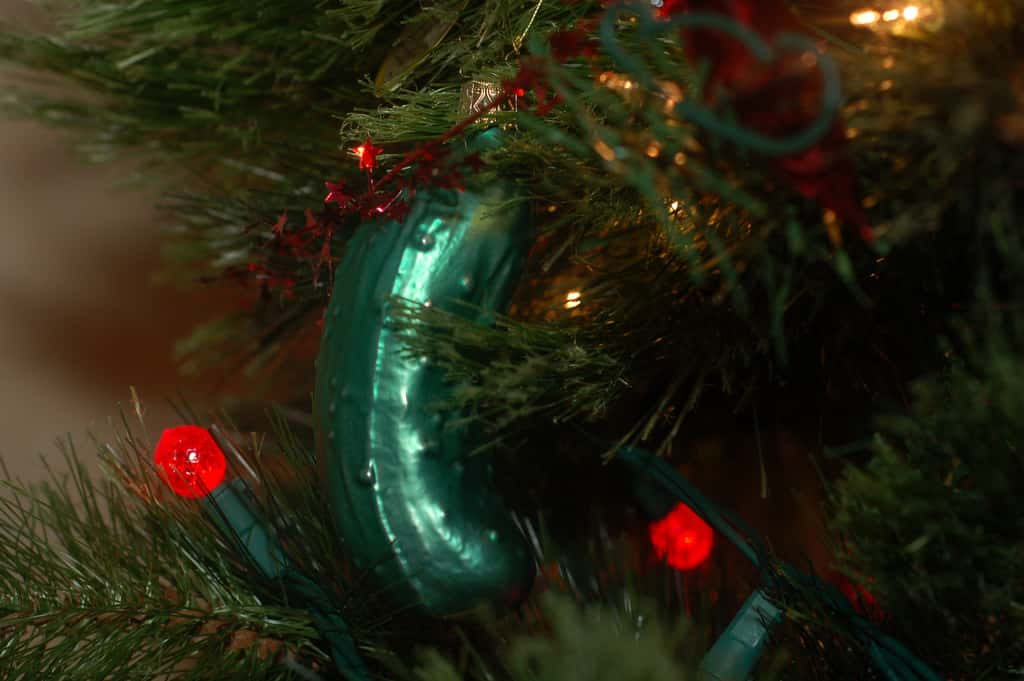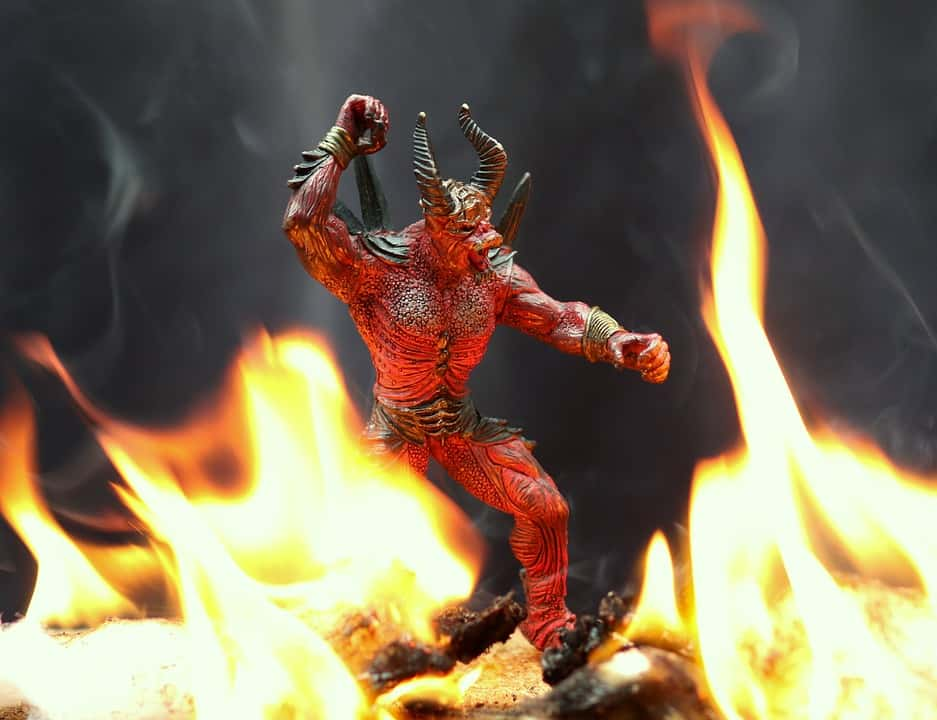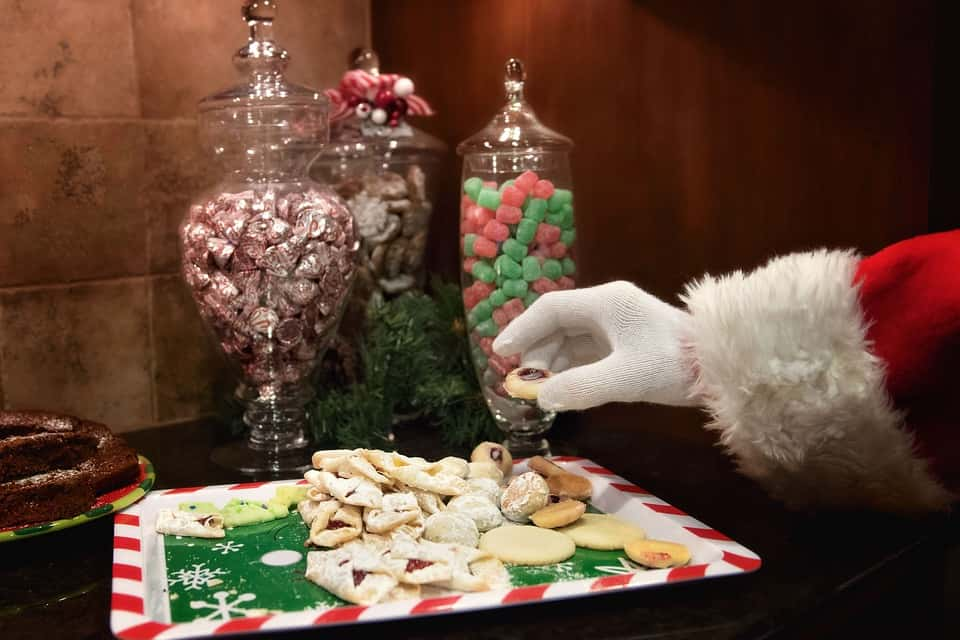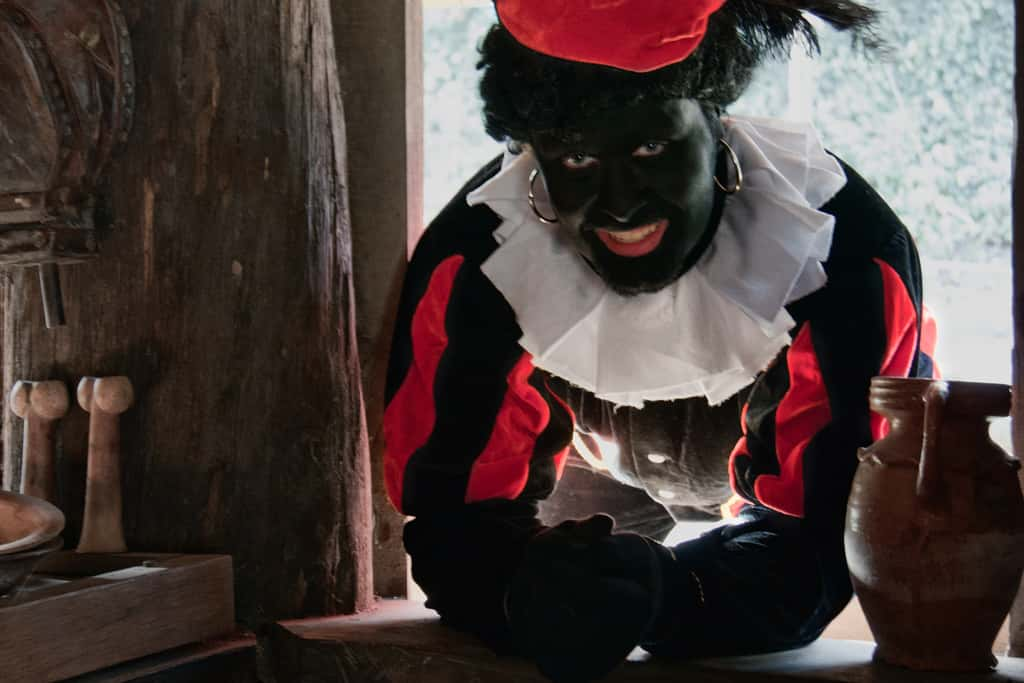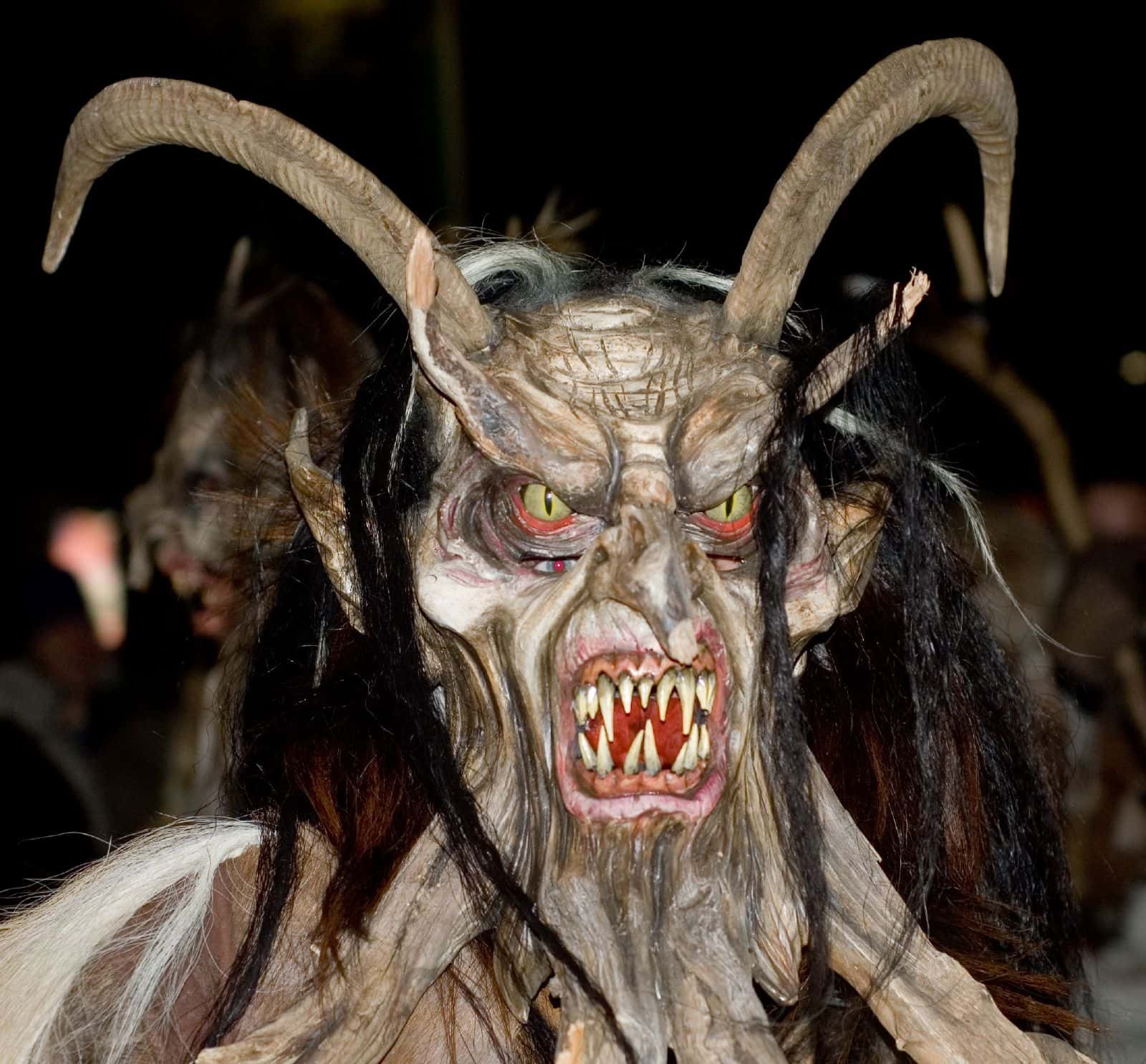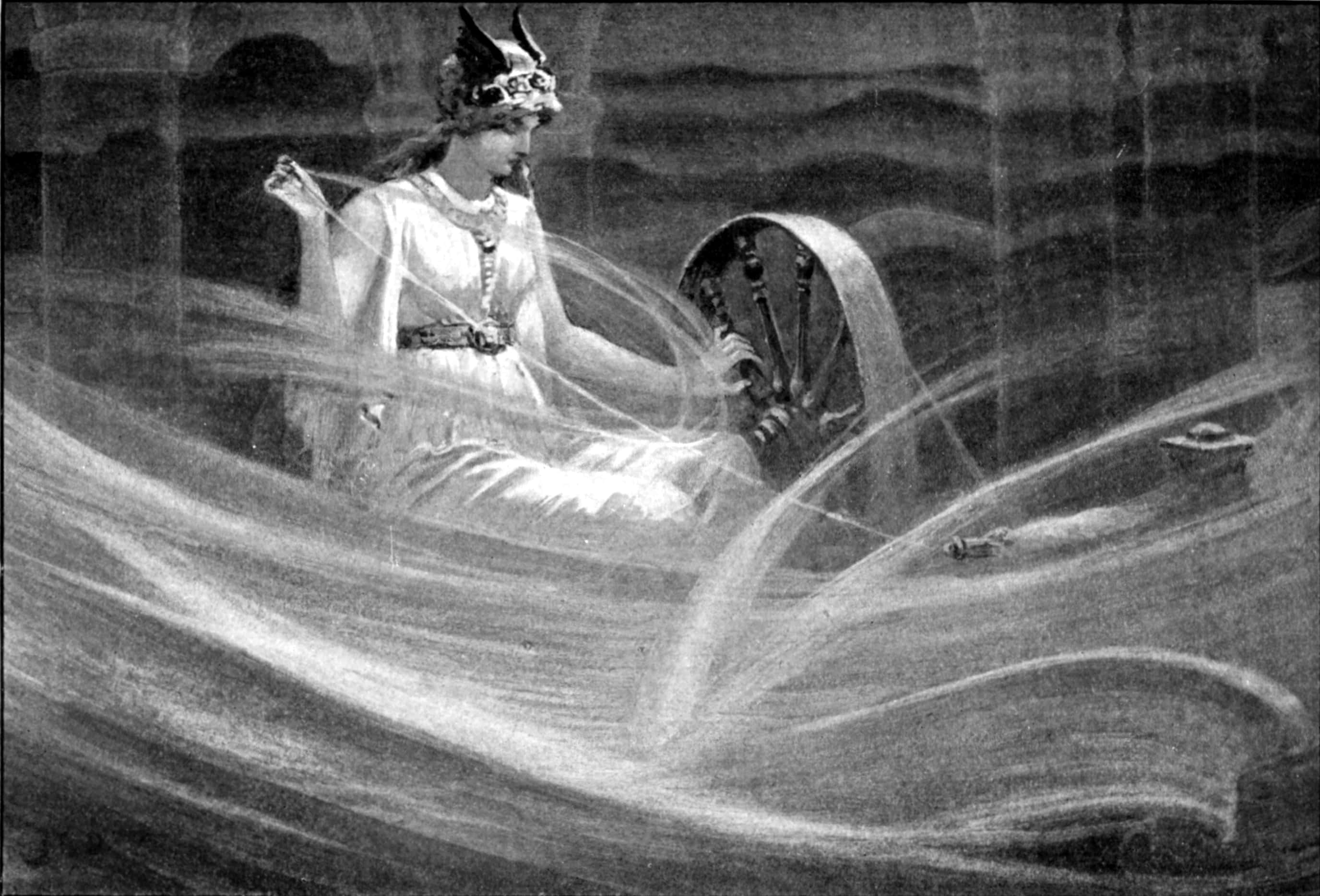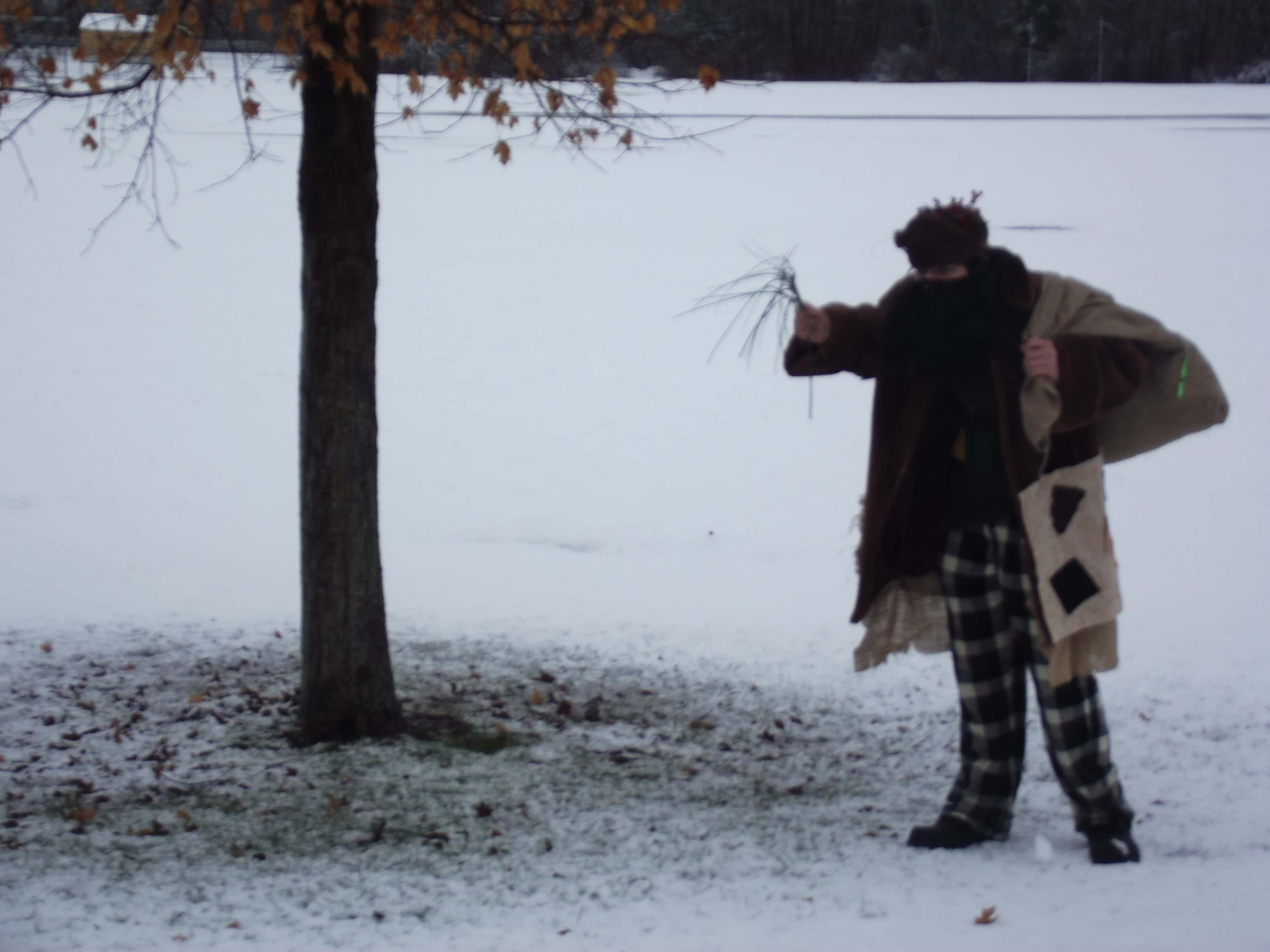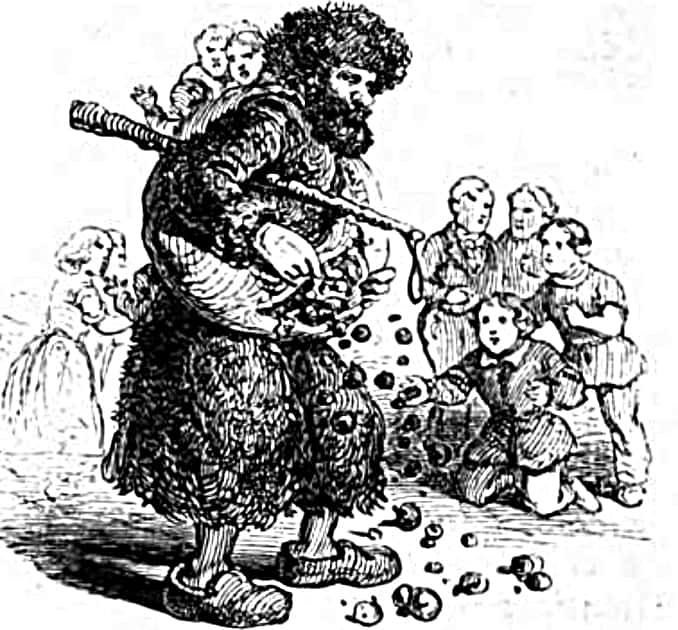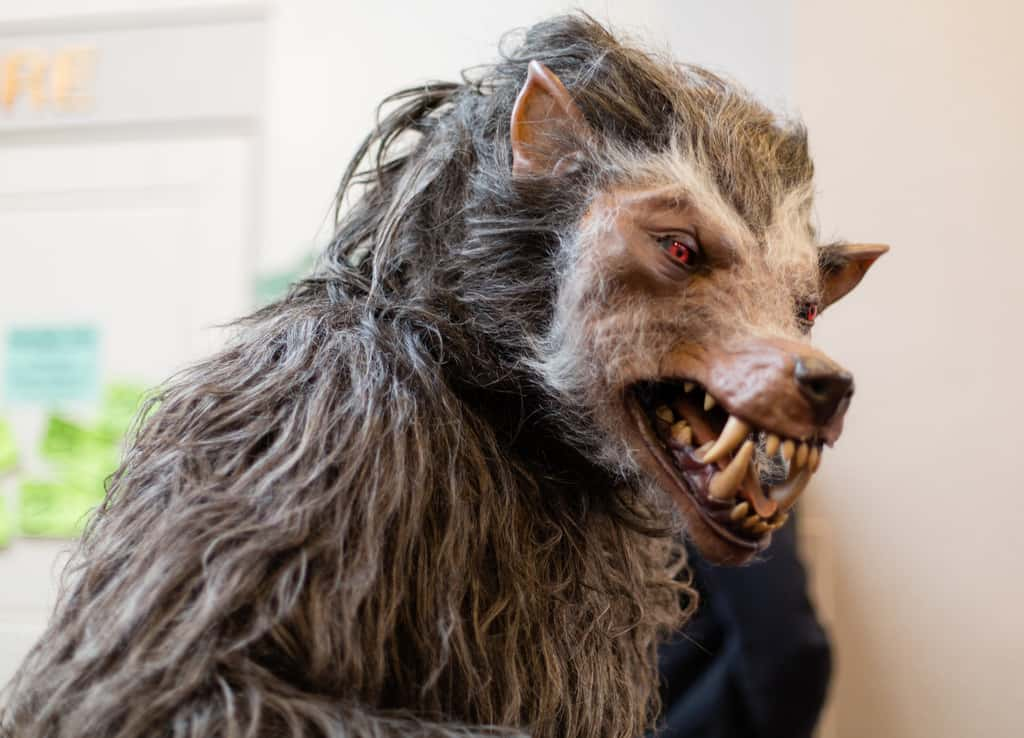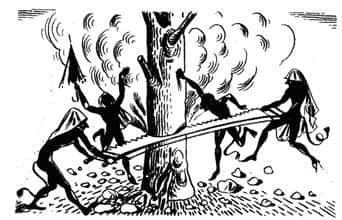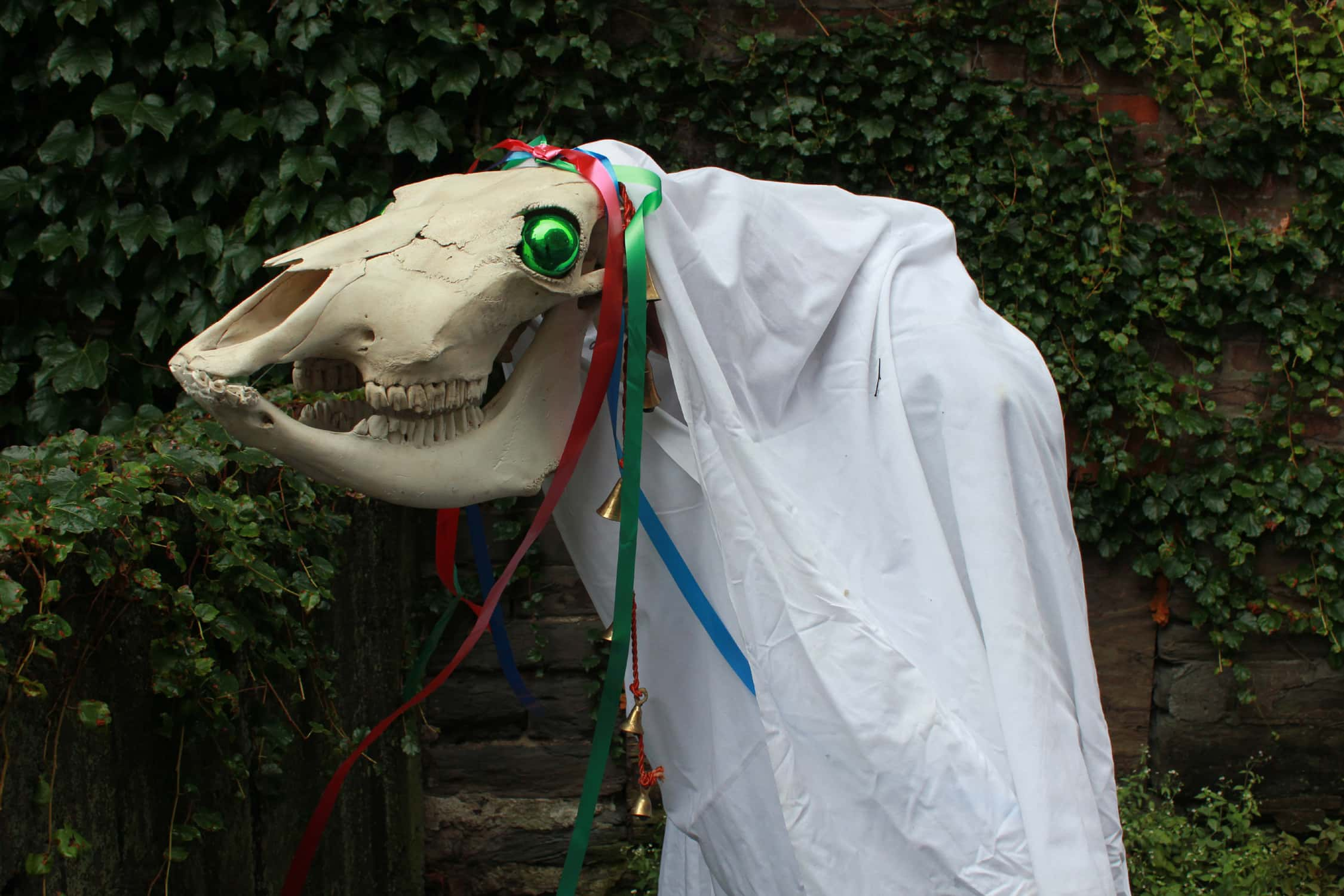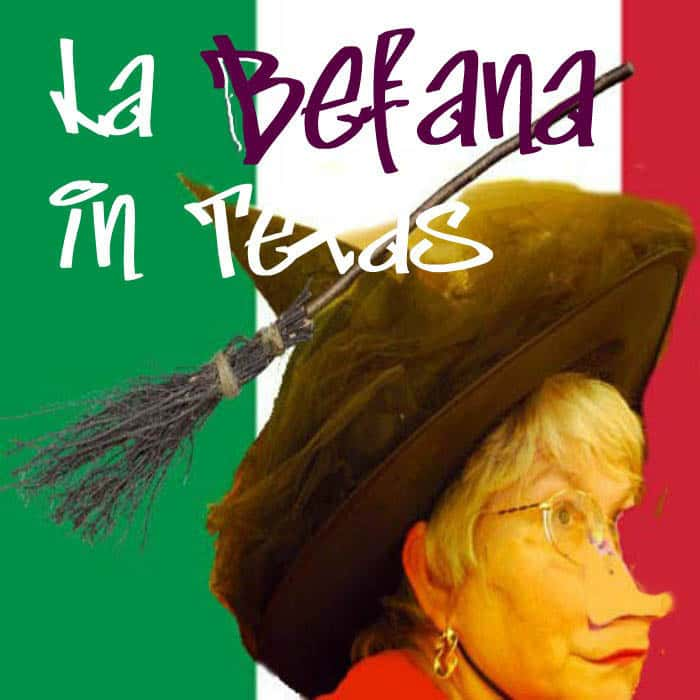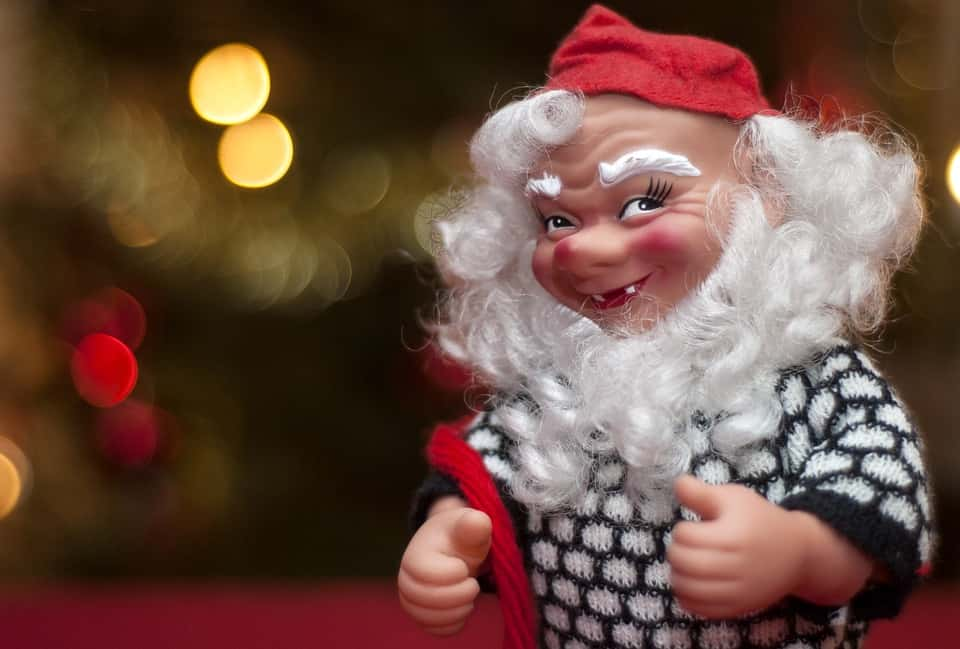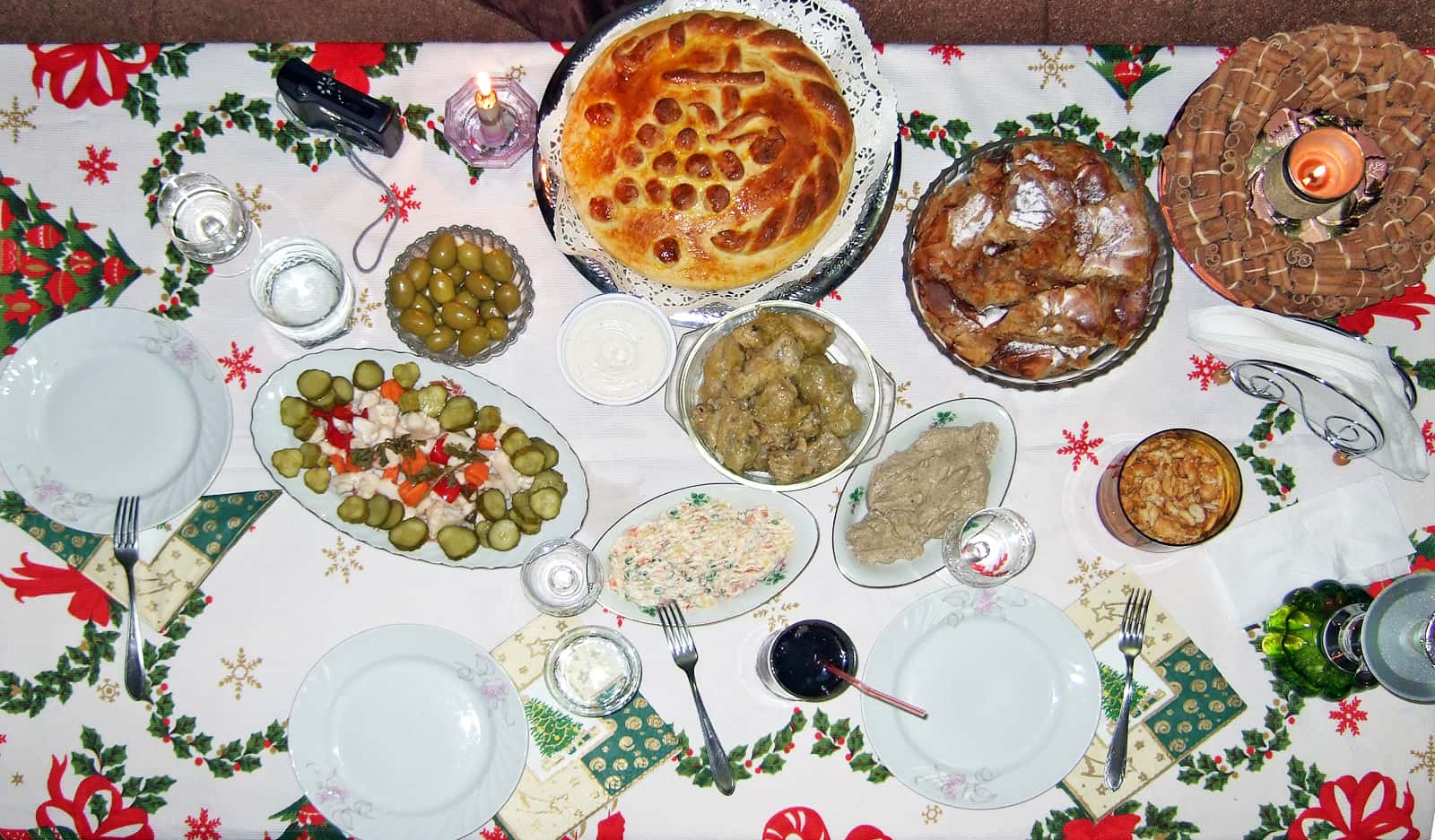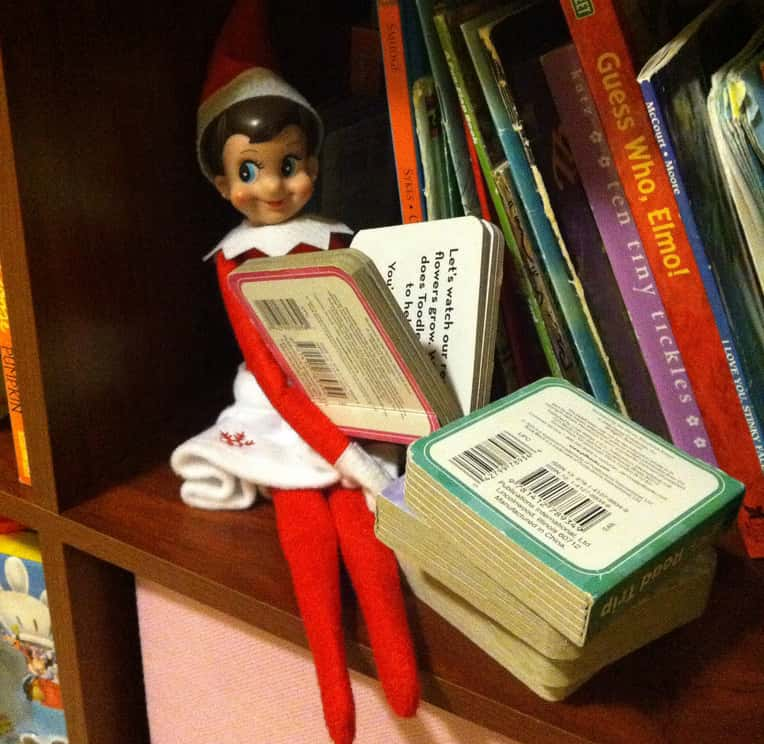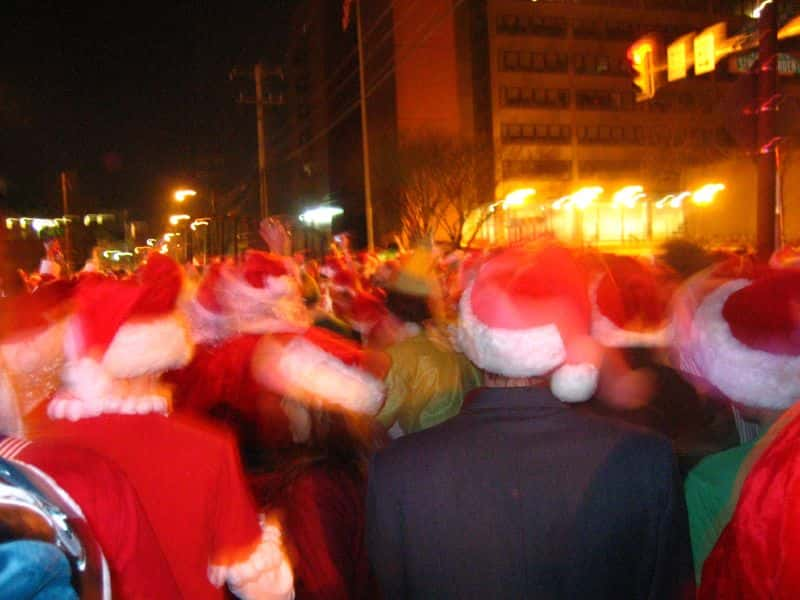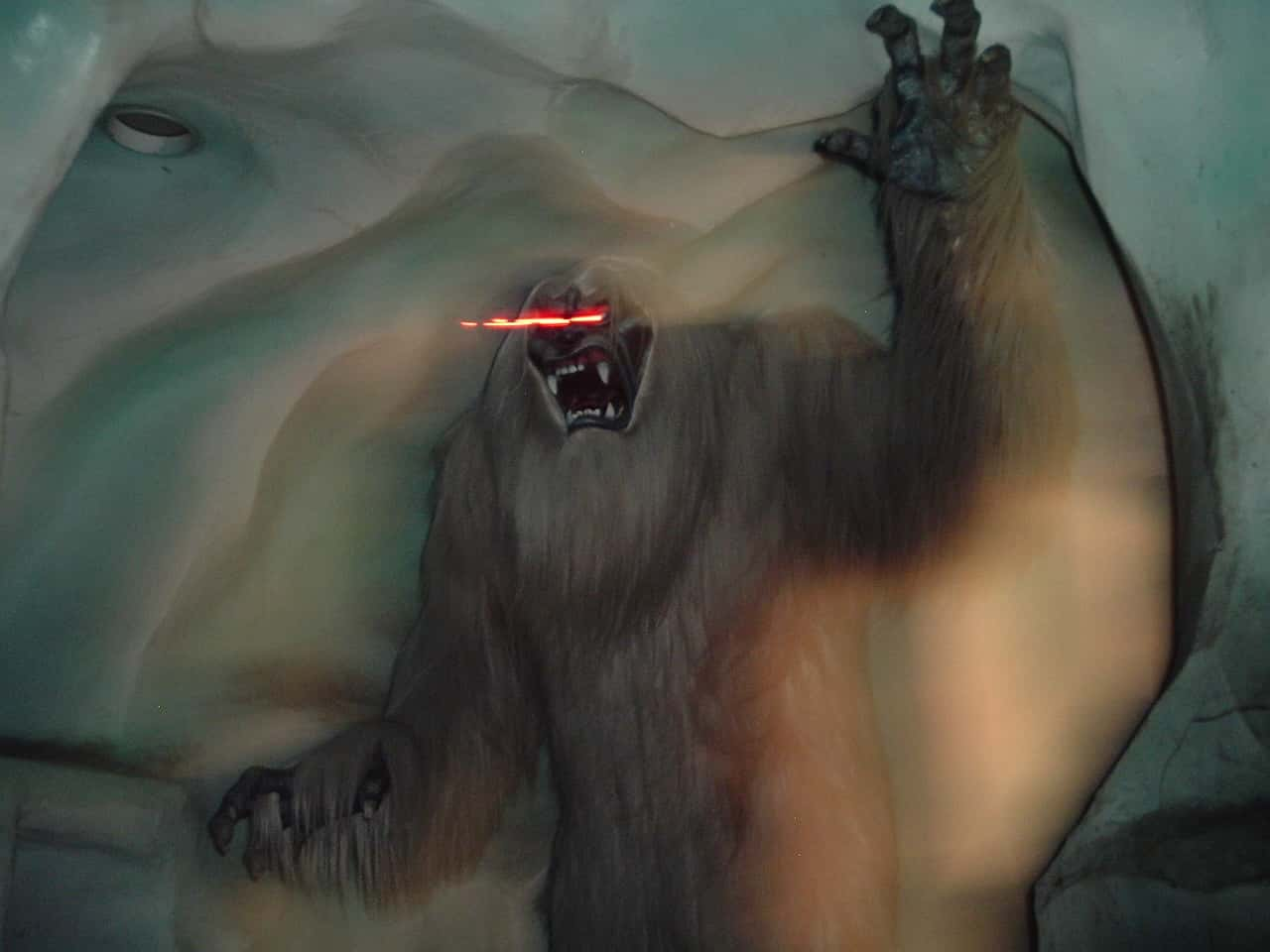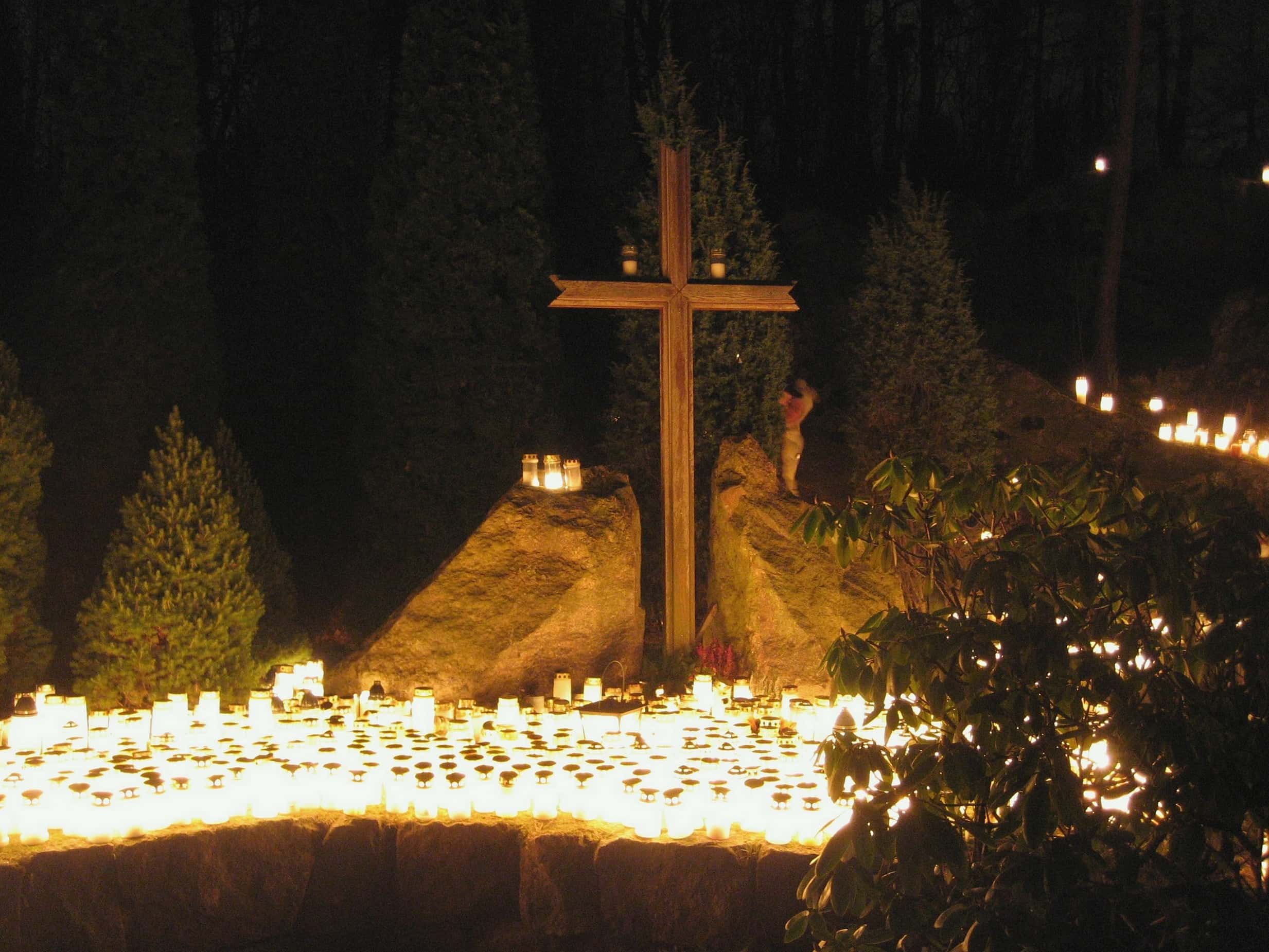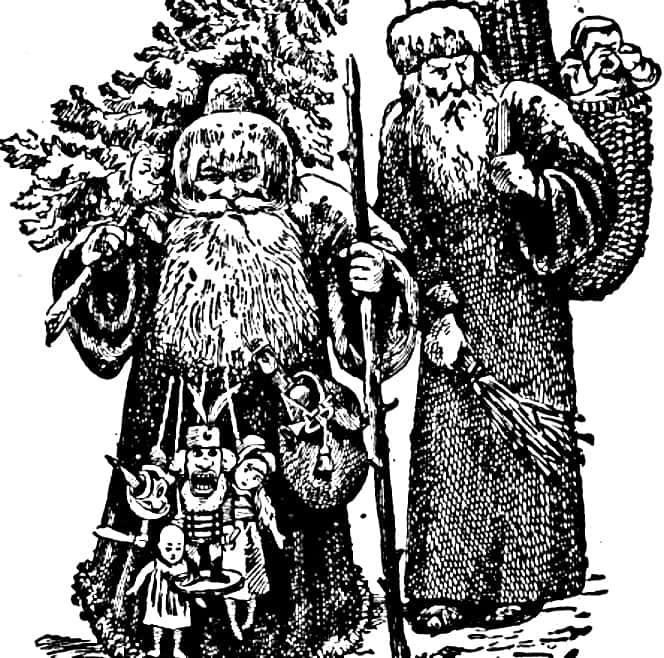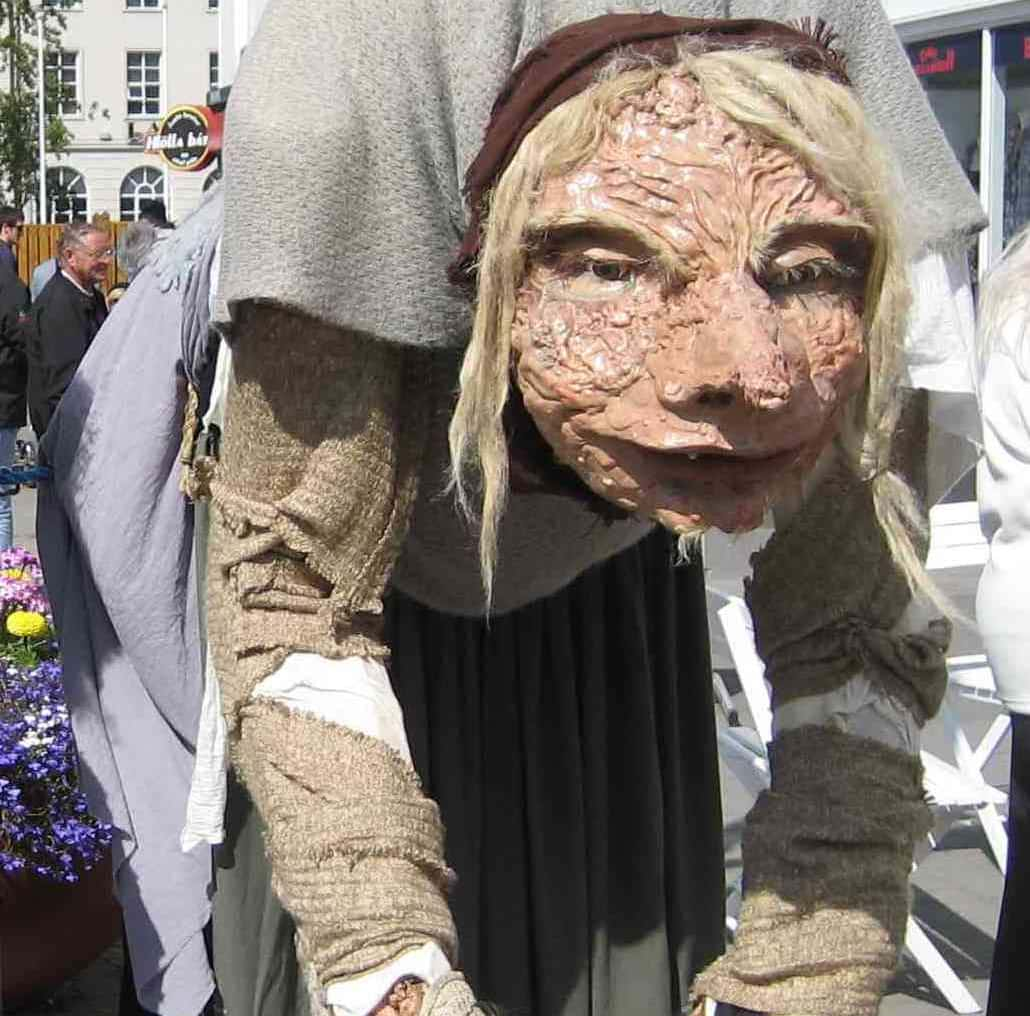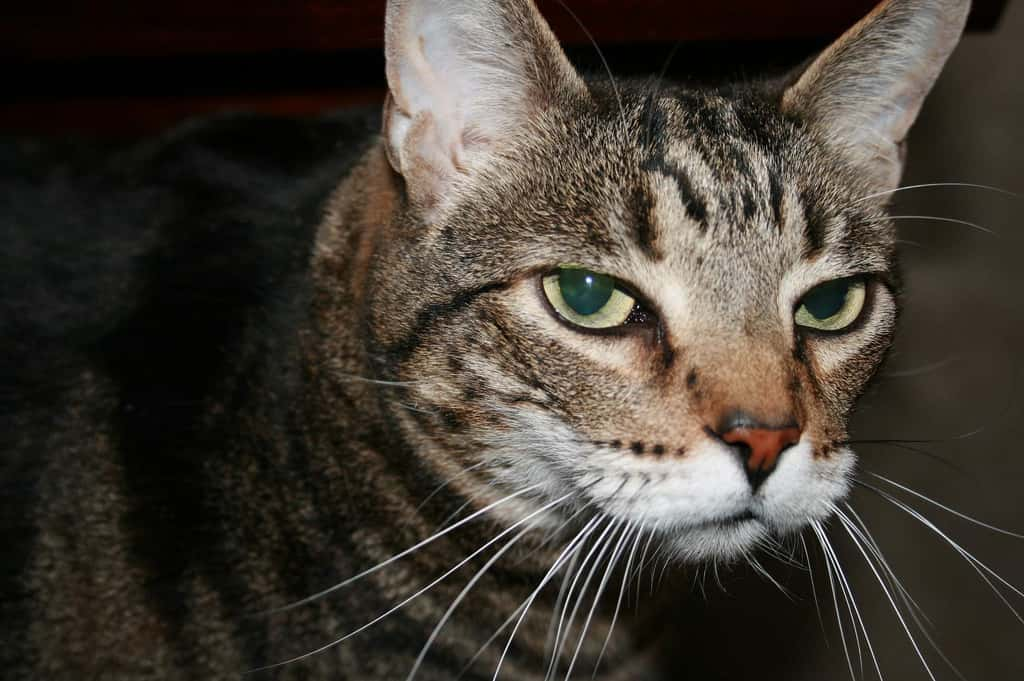“He sees you when you’re sleeping… He knows when you’re awake…”
Christmas is a time of fun and cheer for people all over the world. Getting together with family, eating good food and opening presents all go hand in hand with the holiday. But not every Christmas tradition is as nice and wholesome. Here are 42 strange and creepy Christmas traditions from around the world that you might not have heard of… and you might wish you never had!
Bizarre Christmas Traditions Facts
42. Family Sauna
Nothing says Christmas like getting naked with your family! In Estonia, it’s traditional for the whole family to take a sauna together on Christmas Eve before church.
41. Hide the Pickle
It’s not uncommon in the US for families to hide a pickle in their Christmas tree. It’s long been believed that the tradition came from Germany, but as far as anyone can tell that’s not true—no one is quite sure where it started, and it isn’t a tradition outside the United States. In the morning, children search for the pickle, and the child that finds it receives a special gift. Why not?
40. Rotten Seal and Fermented Birds
In Greenland, there’s a special Christmas delicacy called Kiviak. It’s the body of a seal, stuffed with the carcasses of around 400 auks (small, very cute birds), that has then been left out for 3 to 18 months. The air is squeezed out of the seal, and then the body is coated with seal grease to prevent the whole thing from rotting. The auks ferment in that time, so that when the seal is finally opened around Christmas time, they can be eaten raw. What a… lovely surprise.
39. Take Your Marriage Advice From a Shoe
Need relationship advice? If you’re from the Czech Republic, wait ‘til Christmas and you don’t need to worry! It’s believed that if you throw your shoe over your shoulder on Christmas Day, it can tell if you’ll be married that year or not. If the shoe lands pointing at the door, you’re gonna get hitched. If not, you’re out of luck. Just trust the shoe.
38. Burn the Devil!
Christmas has always been a religious holiday, but they take it one step further in Guatemala. Every December 7, Guatemalans take part in La quema del diablo, or burning the devil. Families gather outside their houses and burn flaming effigies of the devil as a way to cleanse their home of evil.
37. The Naughty Ghost Boy
South African families leave out cookies for Santa Claus just like elsewhere in the world. But apparently, kids kept eating them, so now parents tell their children the story of Danny, a boy who tried to eat Santa’s cookies. He was caught by his grandmother, so she killed him. Now, Danny’s ghost haunts the homes of naughty children at Christmastime. Seems a little extreme, but okay.
36. Some Traditions Don’t Age Well
Zwarte Piet, or Black Pete, is a character in Dutch folklore who is said to be Santa’s (Sinterklaas’) sidekick. He’s a trickster who plays pranks and tosses candy in the air for young children. The only problem is, Zwarte Piet was supposed to be a Moor, or a dark-skinned person from Spain. And so still today, the character is portrayed all across the Netherlands in blackface.
35. Like Santa, but a Horrible Monster!
We all know that Santa knows if you’ve been naughty or nice, and brings presents to nice children. But what about those naughty children? Well in Germany, they have to worry about Krampus. The monstrous half-goat, half-demon creature is said to kidnap bad children and take them back to his lair to eat! December 6 is Krampusnacht, or Krampus Night, so watch out!
34. The Disemboweling Christmas Witch
In Eastern Europe, one of the stories told to children is about Frau Perchta, or the Christmas Witch. She has two faces, a nice face that she shows to nice children, and a scary face she shows to bad ones. She comes into homes on the 12th night of Christmas and leaves a piece of silver in the shoes of nice children.
But for bad children, she slits open their bellies, takes out their organs and replaces them with pebbles and straw. As if kids don’t have enough trouble sleeping on Christmas Eve!

Sign up to our newsletter.
History’s most fascinating stories and darkest secrets, delivered to your inbox daily. Making distraction rewarding since 2017.
33. Hope You’ve Been Practicing!
Yet another story told to German children to make them behave, Belsnickel was a masked gift giver who is said to be the first Christmas tradition that distinguished between good and bad children. Like Santa, adults would dress up as Belsnickel, and the children would be allowed to see him the night before Christmas. But of course, stories said that he would drag naughty children out of their beds and make them dance or sing to redeem themselves. If they didn’t impress him, they’d never get to go home!
32. Dark Santa
The Germans can’t get enough of creepy characters designed to scare children. Knecht Ruprecht is a sort of counterpart to Santa. He wears a dark robe, has a long, dark beard, and carries a bag of ashes, switches, treats, and a long staff. Some people still dress up as Knecht Ruprecht, giving the treats to nice children while giving the naughty ones switches and ash.
31. Just Werewolves
If you thought werewolves were just for Halloween, guess again! It was believed in Europe that if you were born on Christmas Day, you’re much more likely to be a werewolf! This probably dates back to pagan times, where it was believed that monsters came out more often around the winter solstice.
30. Keep an Eye Out for Goblins in Greece
Nothing says Christmas like goblins, at least to the Greeks! The Kallikantzaroi are small goblins who live underground all year, but come out during the 12 days of Christmas to intimidate people, spoil food, and pee in flowerbeds. Greek families will use black handled knives, the lower jaw of a pig, or a tangled string hung over the doorway to ward off the little monsters.
And much like the werewolf superstition, children born on Christmas Day are thought to be a risk of turning into a Kallikantzaroi themselves!
29. Deep Fried Caterpillars
Forget turkey… in South Africa, many people enjoy the deep-fried caterpillars of the Emperor Moth on Christmas Day!
28. Like Caroling, But With A Scary Horse Figure
Just like in other countries, people in Glamorgan, Wales go from house to house caroling. But unlike in other countries, they bring around freaky horse figure called the Mari Lwyd, and they try to argue their way (with song) into the house for food and gifts.
27. Yet Another Christmas Witch
In addition to Santa Claus bringing gifts on Christmas Eve, Italian children get to look forward to gifts on January 5, or Epiphany Eve. The only catch? These gifts are brought by La Befana, an ancient, ragged witch who flies into their homes on a broomstick.
26. A Not-So-Nice Origin Story
In Scandinavia, instead of Santa Claus, children wait for the Jultomte, a jovial man who delivers gifts to children’s homes. Families leave out a bowl of porridge with butter as a gift to him. But the origin of this superstition is a little less appealing. It comes from the legend of the tomte, or the nisse. These sprites were little old men the size of a small child, and they protected the home. They only asked for a bowl of porridge and butter, but the story was if you didn’t leave out the porridge and butter, the tomte would go into your barn and kill one of your cows.
25. Christmas Breakfast With Ghosts
In Portugal, the Christmas morning feast is called Consoda. It’s much like Christmas meals elsewhere in the world, but there’s one key difference: the Portuguese set places for alminhas a penar, or “the souls of the dead.” That’s right, they eat their Christmas meal with ghosts.
24. ’Tis the Season for a Cannibal Scarecrow!
Hans Trapp was said to be a rich, cruel man who lived in the Alsace region of France. He worshipped the devil and would do anything to become more rich and powerful. He was eventually excommunicated and had to live in the forest. He became a cannibal and would go out on Christmas dressed as a scarecrow, trying to kidnap and eat bad children. To this day, children in Alsace and Lorraine still fear him.
23. “Stand Under This and Kiss Me!” “No Thanks.”
Everyone knows what to do when you find yourself under the mistletoe with someone else. But, as if the idea of the creepy guy at the party waiting under the mistletoe all night isn’t bad enough, the origin of the word actually means “poo on a stick!”
22. “Santa Baby” Is Actually Pretty Weird
Eartha Kitt made the song “Santa Baby” famous in 1953, and it’s still a Christmas classic today. But if you take a closer look at the lyrics, the weird mixture of children’s traditions and the sexualization of Santa is more unsettling than charming.
 Flickr
Flickr
21. Come Sit on a Stranger’s Lap!
One of the most disturbing traditions is one that scores of people participate in, when you really think about it. Every year, there are long lines at malls all over the world for children to get the chance to sit on Santa’s lap and tell him what they want for Christmas. Some adults might do the same thing to get a laugh. But all of those mall Santas are just guys in costume, and all those people are just sitting in a stranger’s lap.
20. Try Not to Think Too Much About the Elves
One of the Germanic Christmas customs that took hold worldwide is the idea of Christmas elves. These joyful sprites are said to work for Santa, building toys for the children of the world. But like in so many other Germanic traditions, elves were originally mischievous tricksters that were as likely to cause havoc as they were to leave toys.
19. New Traditions Can Be Just as Creepy
Probably the newest tradition on this list, Elf on the Shelf is based on a children’s book published in 2005. This small elf doll appears in different places in the house, spying on events and making sure children are good. The elf never moves if children are watching it, and if it’s ever touched, its magic will disappear forever. For many, this is a fun new Christmas delight, but you can’t deny there’s something creepy about the elf’s motionless eyes staring at you from all over the house.
18. Nothing’s More Delicious Than a Witch’s Home
Gingerbread has been a Christmas tradition for centuries, but the building of gingerbread houses started becoming popular right around the time that the Brothers Grimm published the story of Hansel and Gretel. People would build gingerbread houses just like the house in the story. Except that house belonged to a witch that ate little children. Not so appetizing.
17. Ho Ho, Drunk and Disorderly
For years, people have dressed up as Santa to delight little children around Christmas time, but SantaCon has somewhat tainted the tradition. An infamous pub crawl that started in New York City and has now spread to many other cities, and not only does having hundreds of people dress up as Santa spoil the illusion for the kids that witness the event, but their drunken antics cause damage and public nuisance every year.
16. As If One Wasn’t Enough
SantaCon’s reputation might not be sparkling, but it was enough to inspire people in Philadelphia to start their own annual Santa pub crawl: The Running of the Santas. And just like SantaCon, it involves thousands of Santas getting together, getting drunk and wreaking havoc across the city. On the bright side, the Running of the Santas raises money for several local charities.
15. Just Don’t Look Into Their Lifeless Eyes
A huge part of preparing for Christmas is decking the halls with all kinds of Christmas decorations. These have traditionally been lights, popcorn strings, and holly. But nowadays, just as ubiquitous as those decorations are the creepy, animatronic Santas that moves in jerky, awkward movements and blare Christmas carols through blurry, unrecognizable speakers. Ho Ho Ho!
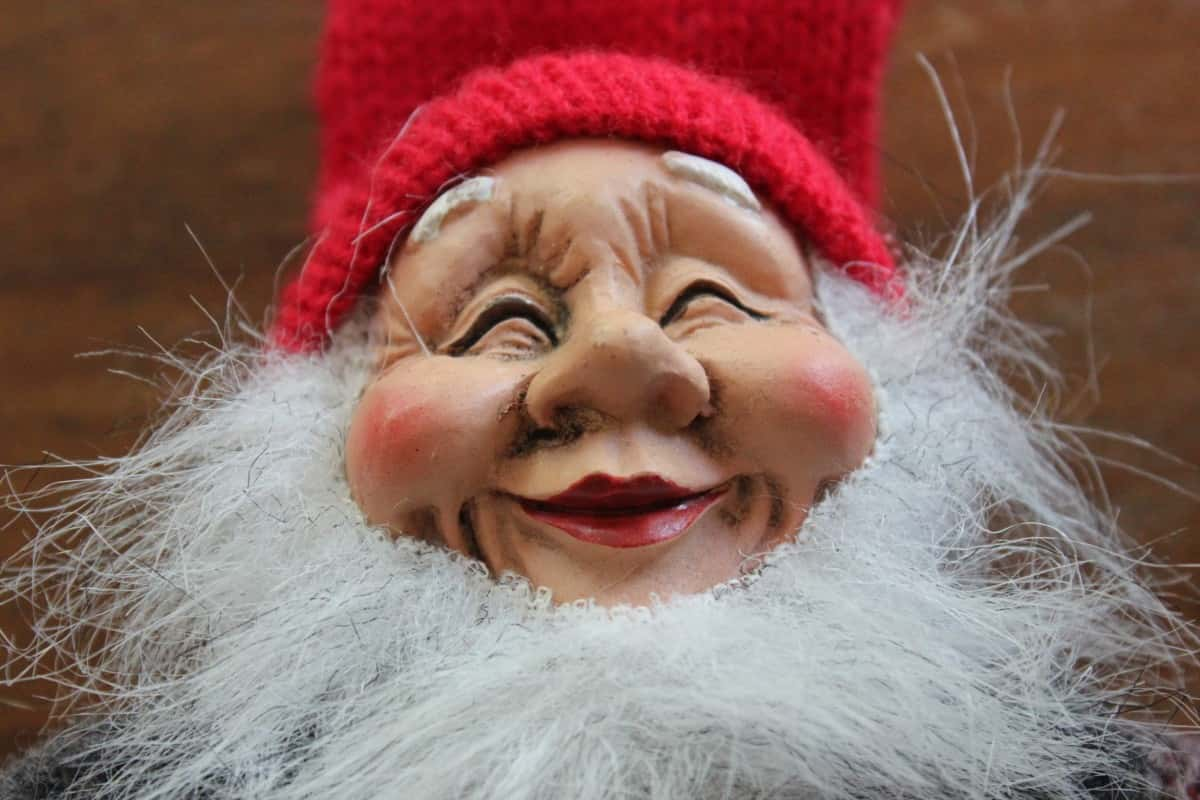 PxHere
PxHere
14. Rambo Santa
Lots of people like to take their picture with Santa, but the picture you can get in Scottsdale, Arizona is a little bit different. The Scottsdale Gun Club lets you take a picture where you and Santa are both armed to the teeth with all manner of machine guns.
13. Nothing Says Christmas Like Cryptozoology
Ever since he was featured in the TV special Rudolph the Red-Nosed Reindeer, the Abominable Snowman has been tied to the Christmas season. It’s based on the legend of the Yeti, a monstrous half-man-half-bear creature from the Himalayas, that many people still believe is out there today.
12. All Those Poor Snowmen
Released as just a song before it was a hit TV special, Frosty the Snowman has become a beloved Christmas character. Unfortunately, Frosty the Snowman comes along with the idea that Snowmen are actually alive, and children still have to watch them all melt every spring.
11. A Giant, Flaming Goat
In Gävle, Sweden, every Christmas town authorities erect a giant straw statue of a goat. It all started in 1966 when the local government wanted to create a fun new Christmas tradition. The only problem was, they picked an extremely flammable building material. So now there’s another Christmas tradition in Gävle: people trying to burn down the goat. They don’t succeed every time, but for 35 of the last 50 years, the people of Gävle have celebrated Christmas with a gigantic, flaming goat.
10. Hide Your Brooms
The people of Norway believe in Christmas witches, just like many other European people. People thought that witches and other evil spirits came out on Christmas Eve and that they would try to steal brooms to ride around on in the night. So even today, Norwegians hide their brooms away on Christmas Eve to ward off the witches.
9. Christmas Eve at the Graveyard
If you’re celebrating Christmas in Finland, you might find yourself in a cemetery… at night. The Finns go to the cemetery on Christmas Eve and light candles at the graves of passed family members. It’s a quiet and solemn ceremony, but it’s sure to unsettle some young Finnish children every year.
8. Spiderwebs
If you see a Christmas tree in Ukraine, it might look a little different than elsewhere. That’s because it will probably be covered in spiderwebs! This tradition goes back to an old story about a kind spider who felt bad for a poor family who could not afford any Christmas decorations. The spider stayed up all night spinning a web to cover the tree so that the family could have a festive Christmas.
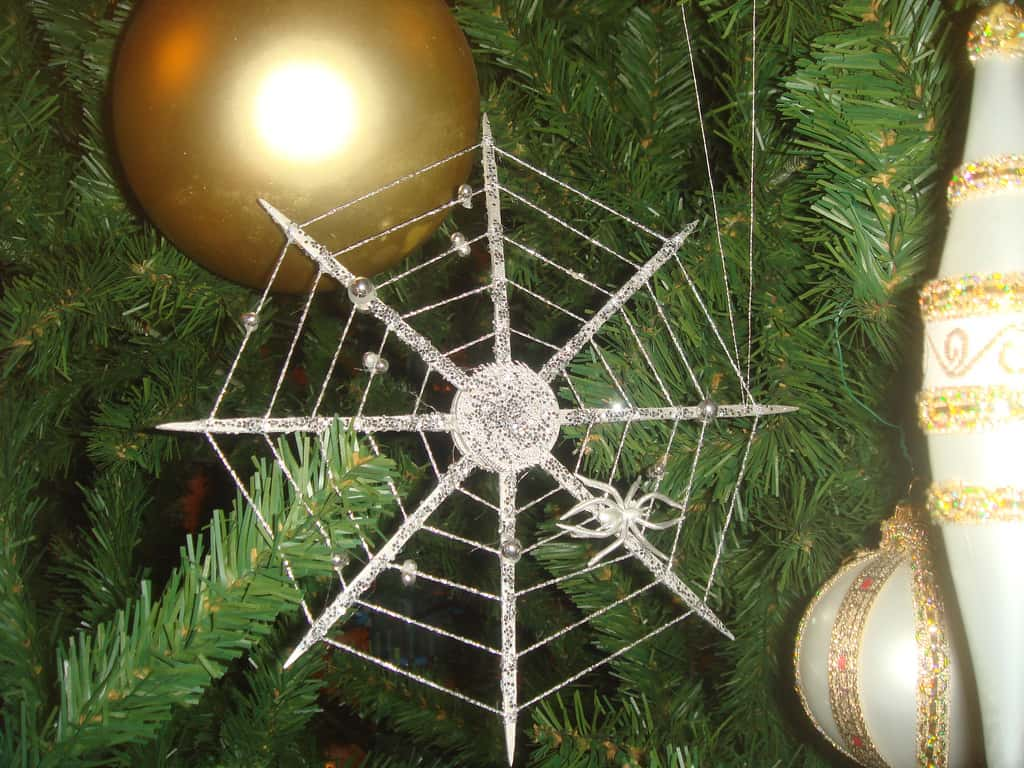 Flickr
Flickr
7. A Whipping Good Christmas
Le Père Fouettard means “The Whipping Father,” and you can probably guess what he does. This French/Belgian character accompanies Saint Nicholas, whipping the children who weren’t nice.
To this day, next to people who dress as Santa, you can find others dressed as Le Père Fouettard, complete with the whip, threatening French and Belgian children.
6. Santa Claus, Period.
“He sees you when you’re sleeping. He knows when you’re awake.” Santa Claus is beloved worldwide, but if you think enough about the big old man who spies on children around the clock to make sure they’re being nice and not naughty, it does seem a little… creepy.
5. The Pooping Nativity Scene Figure
Nativity scenes seem like a pretty standard Christmas tradition, but in Catalonia they’re a little… different. Specifically, they feature a character called a caganer. There’s no good way to say this: caganer means “defecator,” and in the scenes they’re squatting, with their pants down, with a pile of poop on the ground beneath them. Seriously.
4. The Christmas Log that Poops Presents
Tió de Nadal roughly means “Christmas Log” in Catalan, which sounds innocent enough, but that’s until you find out what it does. Catalan families “feed” the log over the weeks before Christmas, before placing it in the fireplace and bashing it with a stick, commanding it to poop out presents and not to poop out a stinky herring.
3. Pot-Scraper, Meat Hook and the Other Christmas Trolls
Children in Iceland don’t just wait for Santa to arrive. They also await 13 mischievous trolls called the Yule Lads. The Lads have names like Gimpy, Pot-Scraper, Bowl-Licker, and Meat Hook, and though today they are said to leave gifts for good children, it used to be thought that they stole food, slammed doors, and generally terrorized Icelandic homes. They were also said to kidnap children to bring to their terrifying mother…
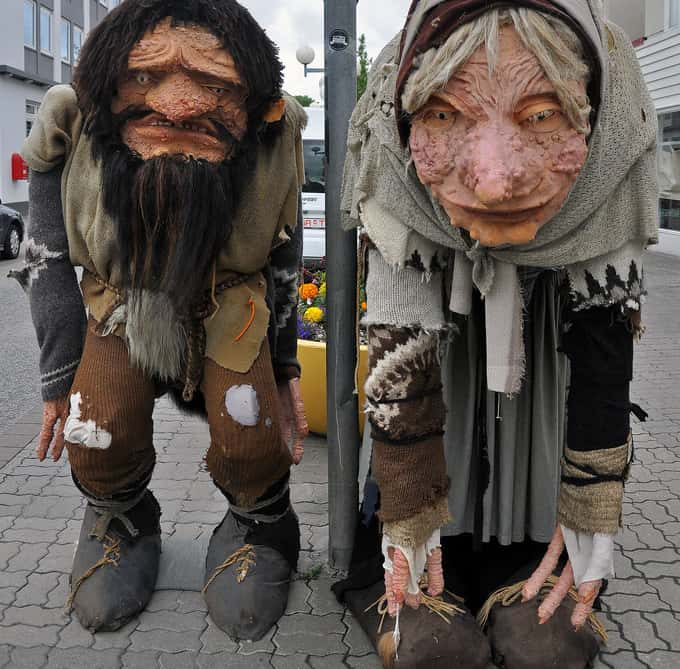 Flickr
Flickr
2. Hungry Mamma
As if they Yule Lads weren’t creepy enough, Icelanders also tell children about their horrifying mother Grýla. She’s a hoofed half-ogre, half-troll who’s covered in warts and has large, terrifying horns. She gets her children to snatch bad boys and girls from their homes at Christmas so she can cook and eat them. This story was so terrifying to Icelandic children that the government eventually had to ban using the story of Grýla and the Yule Lads as an intimidation tactic to make children behave.
1. You’d Better Pray for Socks This Christmas
Just to make the story a little bit more frightening, Grýla and the Yule Lads also have a cat, known as Jólakötturinn, or the Yule Cat. It sounds friendly enough, but this monstrous cat is said to devour anyone who doesn’t receive an article of clothing for Christmas. Sounds like socks aren’t such a bad present, if you live in Iceland.
Sources: 1, 2, 3, 4, 5, 6, 7, 8, 9, 10, 11, 12, 13, 14, 15, 16, 17, 18, 19, 20, 21, 22, 23, 24, 25, 26, 27, 28, 29, 30, 31, 32, 33, 34, 35, 36, 37, 38, 39, 40, 41, 42, 43, 44, 45, 46



